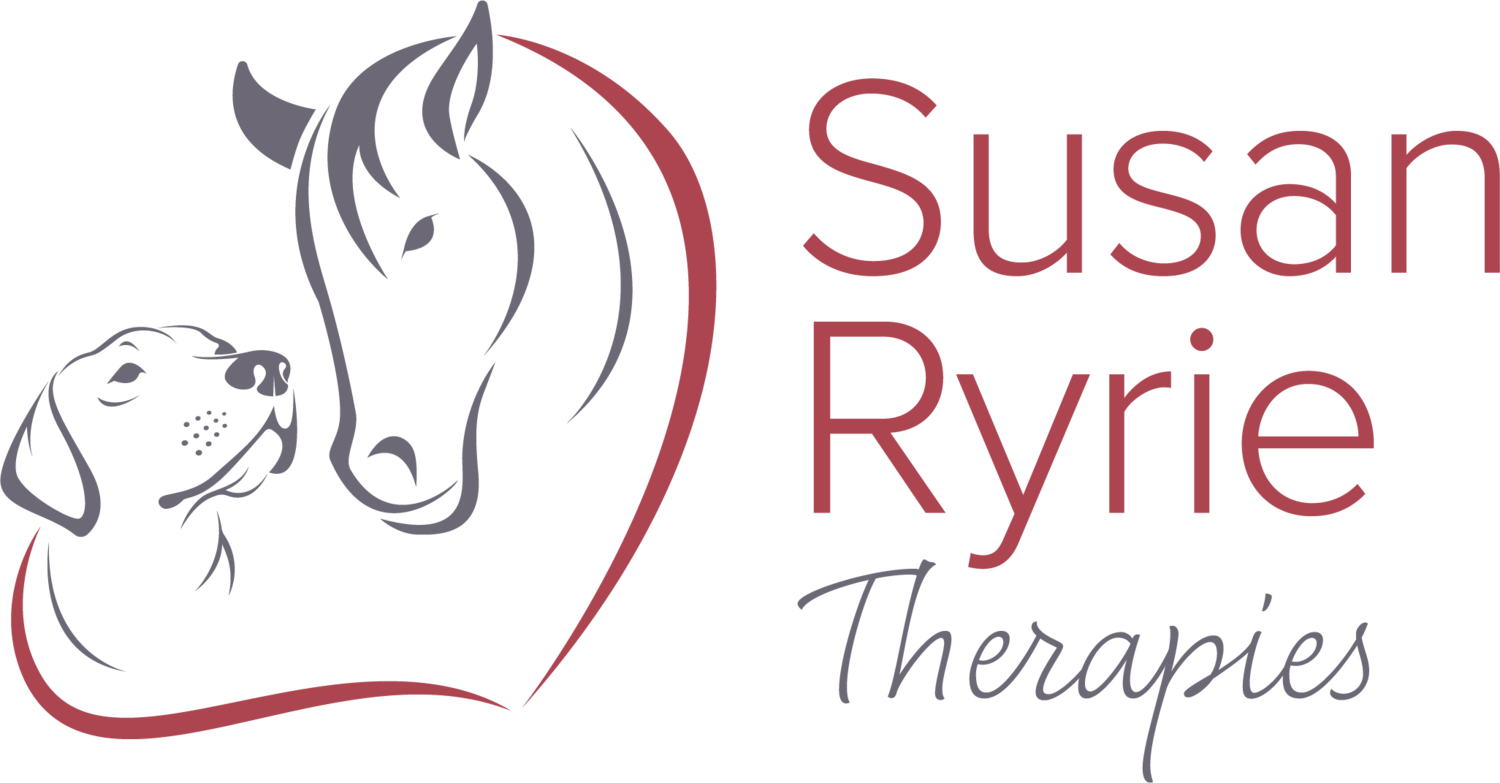
Somatics and Pandiculation
A very short Roundup this month - where did the time go?
How do joints wear?.
Think how it would be if you were a robot!
What would happen if your body was a machine and some of the joints were loose and floppy?
... the extra movement would cause extra wear.
And what would happen if your body was a machine and some of the joints were too tight?
... the extra friction would cause extra wear ... and it would take more energy to create movement.
Both of these are probably happening within your own body and your horse's/dog's right now.
These are the things that I aim to put right for every person, horse and dog that I see.
Don’t work a rickety machine.
Whatever it is, the way you tell your story online can make all the difference.
The 'rickety machine' analogy in my previous post is helpful in highlighting what sports science tells us about the best way to go about improving our 'fitness'.
Traditionally many of us think that we just need to grit our teeth and get on with more ... jogging ... swimming ... walking ... ... movement of some sort.
But before we start to increase the amount of movement we do, we need to tighten the loose joints and oil the tight ones. How do we do this? We work first of all on improving our posture; and we do the same for our horse. This stabilises our (or our horses) joints, preparing them to work harder. Once that is done we can more safely increase our amount of movement.
Introducing Somatics Exercises.
They bring great benefits to everyone, and have lots to offer horse riders in particular.
This month is flying past for me. As well as the usual chores I have had to do some maintenance on my muck trailer, am fretting about how I can manage to get the topping done in the field, and working hard at finishing off the course so that I can teach Somatic Movement Exercises. I am really excited about that!
Somatics Exercises are based on the pandiculation reflex which this majestic lion is demoing for us. They were developed by Thomas Hanna, who had a particular interest in neurology and aging - the exercises have a strong effect on the nervous system. They help you reconnect with your body, break into old habits, and retrain muscle memory.
Here is a snapshot of some of the benefits of these exercises for riders:
:- work on the muscles that control the tilt of the pelvis (front to back) will help balance, allow the rider to follow the natural movement of the horse's back more easily, and will ensure the best shape for those beautiful curves in the rider's spine so that they can do their job as shock absorbers.
:- work on releasing the hip rotator muscles can allow the rider to achieve a deeper seat in the saddle.
:- work on the muscles that control the sideways tilt of the pelvis can reduce problems of uneven weight distribution left/right on the horse's back.
There are loads more benefits to be had for those who commit to using these exercises on a regular basis. I can personally vouch for them helping muscular health in general terms as well as improving ridden posture.



